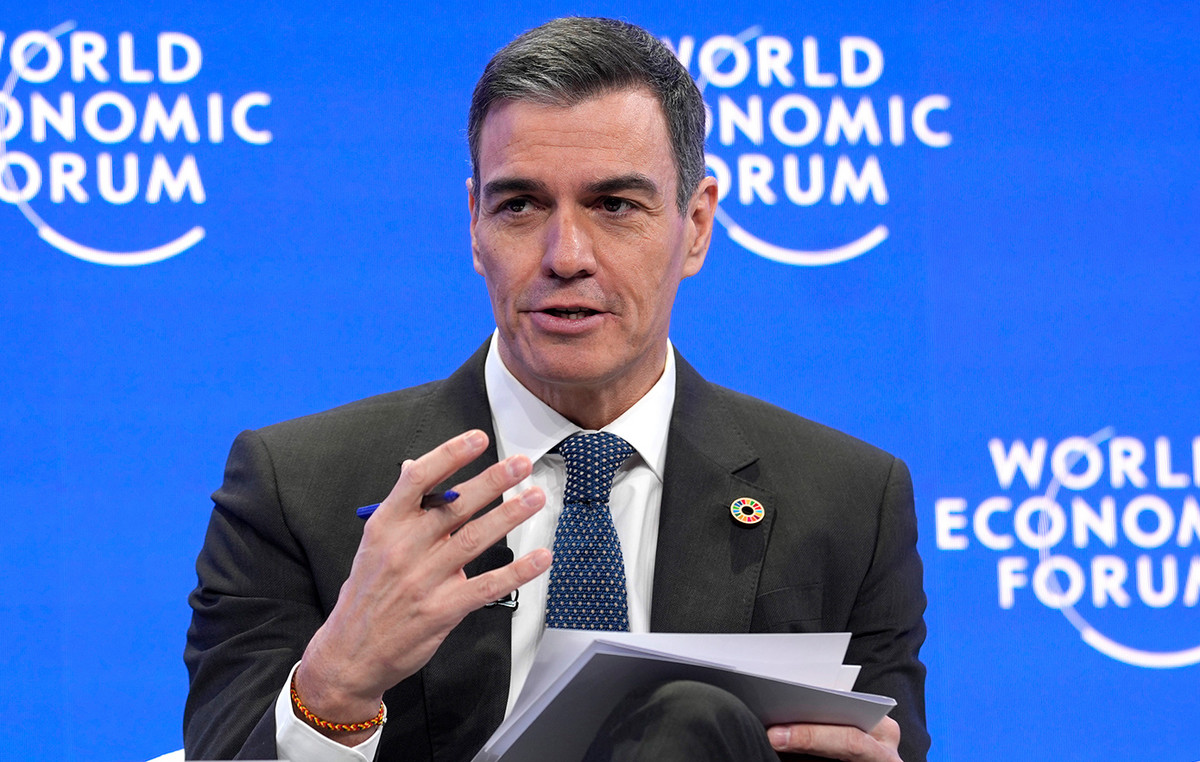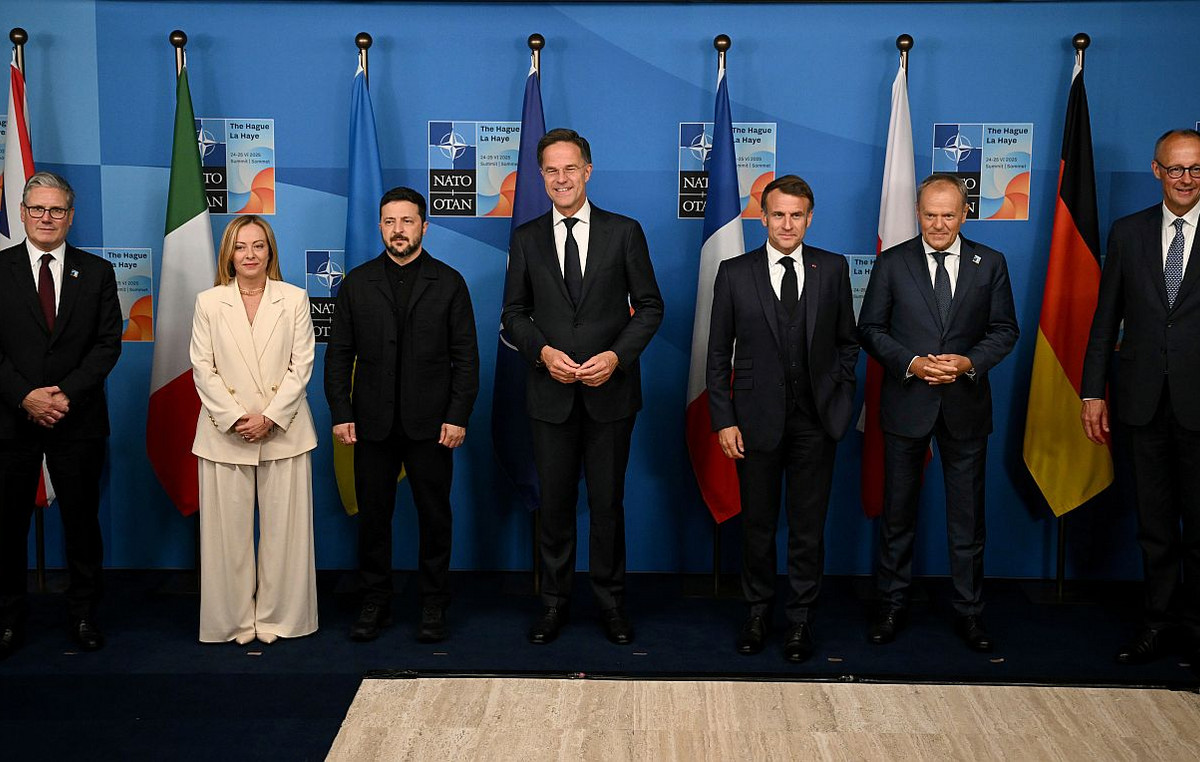- EUR/USD corrects lower after returning to a two-week high of 1.0430 as the US Dollar recovers some of Monday’s losses.
- The US dollar recovers as Donald Trump confirms that the tariff increase plan is still on.
- Trump aims to correct the trade imbalance with Europe, which would keep the Euro at a disadvantage.
EUR/USD corrects lower near 1.0350 in the European session on Tuesday after rising to 1.0430 on Monday. The major currency pair faces pressure on Tuesday as the US Dollar (USD) recovers some of Monday’s losses. The US Dollar Index (DXY), which tracks the value of the USD against six major currencies, is recovering around 108.50 from its near two-week low slightly below 108.00.
The dollar fell vertically on Monday as Donald Trump’s presidential memorandum did not include the immediate imposition of tariffs on foreign countries. The memo directed federal agencies to study trade policies and evaluate US trade relations with China and America’s continental neighbors, the Wall Street Journal (WSJ) reported.
Donald Trump clarified that the proposal for universal tariff increases is on the table but “we are not ready for that yet.” However, he highlighted the considerable problem of the trade deficit with the Eurozone. Trump said he would remedy the trade imbalance by either “raising tariffs or having Europe buy more U.S. oil and gas,” Reuters reported.
The absence of tariff increases in Trump’s comments on his first day in the White House led to heavy buying of risk-sensitive currencies. The Euro (EUR) rose almost 1.3% against the US Dollar even though fears of higher tariffs remain intact.
US Dollar PRICE Today
The table below shows the percentage change of the US Dollar (USD) against major currencies today. US dollar was the strongest currency against the New Zealand dollar.
| USD | EUR | GBP | JPY | CAD | AUD | NZD | CHF | |
|---|---|---|---|---|---|---|---|---|
| USD | 0.63% | 0.73% | 0.17% | 0.92% | 0.84% | 0.93% | 0.50% | |
| EUR | -0.63% | 0.10% | -0.42% | 0.29% | 0.21% | 0.30% | -0.13% | |
| GBP | -0.73% | -0.10% | -0.55% | 0.19% | 0.10% | 0.20% | -0.22% | |
| JPY | -0.17% | 0.42% | 0.55% | 0.73% | 0.65% | 0.73% | 0.31% | |
| CAD | -0.92% | -0.29% | -0.19% | -0.73% | -0.08% | 0.00% | -0.41% | |
| AUD | -0.84% | -0.21% | -0.10% | -0.65% | 0.08% | 0.09% | -0.32% | |
| NZD | -0.93% | -0.30% | -0.20% | -0.73% | -0.01% | -0.09% | -0.43% | |
| CHF | -0.50% | 0.13% | 0.22% | -0.31% | 0.41% | 0.32% | 0.43% |
The heat map shows percentage changes for major currencies. The base currency is selected from the left column, while the quote currency is selected from the top row. For example, if you choose the US Dollar from the left column and move along the horizontal line to the Japanese Yen, the percentage change shown in the box will represent USD (base)/JPY (quote).
Daily Market Summary: EUR/USD weakens as hawkish ECB officials comfortable with firm dovish bets
- EUR/USD fails to hold above the key 1.0400 level due to a slight recovery in the US Dollar. Market participants are divided over the outlook for the US dollar as Trump has delayed tariff orders. The dollar has risen sharply over the past three months as investors feared that Trump would likely impose high tariffs soon after returning to the White House.
- Firm expectations that the Federal Reserve (Fed) will pursue a more gradual policy easing approach this year are expected to limit the US dollar’s declines. According to the CME’s FedWatch tool, traders are confident that the Fed will not cut interest rates at the upcoming monetary policy meetings later this month and in March.
- On the contrary, the solid moderate bets of the European Central Bank (ECB) would continue to weigh on the Euro. Market participants expect the ECB to continue reducing its deposit facility rate at a gradual pace of 25 basis points (bps) over the next four monetary policy meetings. Furthermore, a number of ECB officials are comfortable with moderate bets.
- On Monday, ECB policymaker and head of the Croatian central bank, Boris Vujčić, said: “I am not uncomfortable with the current market valuation.” Vujčić added that risks to the inflation outlook are broadly balanced.
- On the economic front, the German ZEW economic sentiment index declined at a faster pace to 10.3 in January from 15.7 in December. Economists expected the sentiment data to have dropped to 15.3. However, the ZEW Eurozone Economic Sentiment Index came in surprisingly higher at 18 from 17 in December, while it was expected to be slightly lower at 16.9.
Technical Analysis: EUR/USD pulls back from two-week high of 1.0430
EUR/USD falls after returning to a two-week high of 1.0430 in the European session on Tuesday. The major currency pair recovers after a divergence in momentum and price action. The 14-day Relative Strength Index (RSI) formed a higher low, while the pair made lower lows.
The short-term outlook has improved as EUR/USD rises above the 20-day EMA, which is trading around 1.0346. However, the long-term outlook remains bearish as the 200-day EMA at 1.0702 points lower.
Looking down, the January 13 low of 1.0177 will be the key support zone for the pair. On the contrary, the psychological resistance of 1.0500 will be the key barrier for the Euro bulls.
Related news
-
Germany’s ZEW Economic Sentiment Index falls to 10.3 in January vs. 15.3 expected
Source: Fx Street
I am Joshua Winder, a senior-level journalist and editor at World Stock Market. I specialize in covering news related to the stock market and economic trends. With more than 8 years of experience in this field, I have become an expert in financial reporting.








